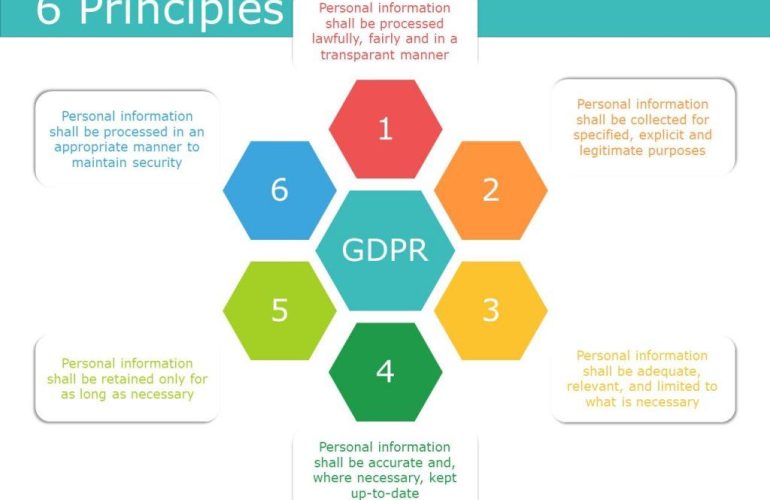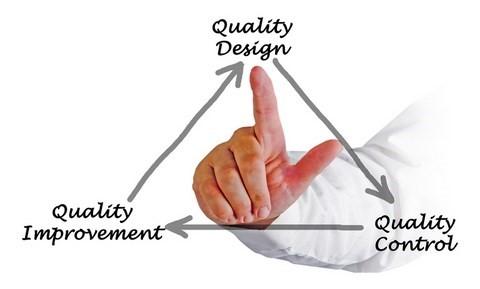In today’s fast-paced and increasingly interconnected global marketplace, the success of development projects hinges not only on innovative ideas but also on the efficient execution of those ideas. As organizations strive to navigate complex challenges and drive sustainable growth, the importance of collaboration tools cannot be overstated. These digital platforms have transformed the way teams communicate, share information, and work together, breaking down silos and fostering a culture of innovation. In this article, we will explore how leveraging collaboration tools can enhance development success, enabling organizations to streamline processes, enhance stakeholder engagement, and ultimately achieve their strategic objectives. We will delve into best practices, case studies, and key considerations that can help businesses unlock the full potential of collaboration in driving successful outcomes.
Table of Contents
- Understanding Collaboration Tools and Their Impact on Development Outcomes
- Key Features of Effective Collaboration Tools for Enhanced Team Performance
- Best Practices for Implementing Collaboration Tools in Development Projects
- Measuring Success: Metrics and Strategies to Evaluate Collaboration Tool Effectiveness
- The Conclusion
Understanding Collaboration Tools and Their Impact on Development Outcomes
In the rapidly evolving landscape of development, the integration of collaboration tools has emerged as a pivotal factor in achieving successful outcomes. These platforms facilitate communication, enhance efficiency, and foster greater transparency among teams. By enabling seamless interactions, collaboration tools allow stakeholders to share critical information, brainstorm ideas, and tackle challenges collectively, ultimately driving innovation. Key features such as real-time document editing, task assignment, and progress tracking streamline workflows and ensure that all members are aligned with project goals.
Moreover, the impact of these tools extends beyond immediate project management— they foster a culture of collaboration that can lead to sustained organizational benefits. As teams adopt these technologies, they develop stronger interpersonal relationships, leading to greater trust and collaboration in future endeavors. The following table illustrates some common collaboration tools and their specific advantages:
| Tool | Advantages |
|---|---|
| Trello | Visual task management, easy team accessibility, and progress tracking. |
| Slack | Instant messaging, file sharing, and integration with other apps for efficient communication. |
| Google Workspace | Real-time editing, cloud storage, and comprehensive suite of productivity tools. |
| Asana | Task assignment, deadline setting, and project goal tracking. |
Key Features of Effective Collaboration Tools for Enhanced Team Performance
Effective collaboration tools are essential for fostering communication and teamwork among team members, particularly in the context of development projects. To ensure that these tools meet the needs of a dynamic work environment, they should possess several key features that promote seamless interaction. Among these features are:
- Real-time Collaboration: Tools that enable simultaneous editing and brainstorming help teams react swiftly to changes and innovate dynamically.
- Task Management: Integrated task lists that allow for clear assignment and tracking of responsibilities enhance accountability and productivity.
- Centralized Communication: A single platform for messaging, video calls, and file sharing reduces fragmentation and miscommunication.
- Integration Capabilities: The ability to connect with existing software and applications streamlines workflows and minimizes redundancy.
To better illustrate the impact of these features, consider the following comparison of collaboration tools and their functionalities:
| Collaboration Tool | Real-time Collaboration | Integrated Task Management | Centralized Communication | Integration Capabilities |
|---|---|---|---|---|
| Tool A | ✔️ | ✔️ | ✔️ | ✔️ |
| Tool B | ✔️ | ❌ | ✔️ | ✔️ |
| Tool C | ❌ | ✔️ | ✔️ | ❌ |
Such comparisons help teams identify the optimal tools that align with their workflow requirements, ensuring higher engagement and more successful project outcomes. By focusing on these critical features, organizations can enhance team performance and drive development success effectively.
Best Practices for Implementing Collaboration Tools in Development Projects
To successfully implement collaboration tools in development projects, it is essential to establish clear objectives and define the roles of each team member. Start by identifying the specific needs of your project, which can vary widely depending on scope and complexity. Encouraging open communication among team members about their preferences for collaboration tools can significantly enhance adoption rates. Setting up training sessions can also help team members feel more comfortable using new tools, reducing resistance and ensuring that everyone is on the same page. Key practices include:
- Involving all stakeholders in the selection process
- Customizing tools to fit specific project needs
- Encouraging regular feedback on tool effectiveness
Moreover, it is crucial to integrate collaboration tools seamlessly into the existing workflow. This can be achieved through consistent updates and maintenance, ensuring that tools evolve alongside the project. Establishing guidelines for tool usage helps streamline communication and keeps everyone aligned. Data security should also be a priority, so ensure that team members are aware of best practices regarding data sharing and privacy. Create a simple table of essential collaboration tools and their key features to facilitate quick reference:
| Tool Name | Key Features |
|---|---|
| Slack | Real-time messaging, file sharing, integration with other tools |
| Trello | Visual task management, collaboration boards, checklist features |
| Jira | Agile project management, issue tracking, reporting tools |
Measuring Success: Metrics and Strategies to Evaluate Collaboration Tool Effectiveness
To effectively gauge the success of collaboration tools, organizations need to establish clear metrics that resonate with their specific objectives. Key performance indicators (KPIs) should include quantifiable aspects such as user engagement, project completion rates, and communication efficiency. Regularly collecting data through surveys and analytics can help track the following:
- User Adoption Rate: The percentage of team members actively using the tool.
- Time Saved: Reduction in hours spent on project management tasks.
- Feedback Score: Insights gathered from team surveys on tool effectiveness.
Additionally, deploying a structured evaluation framework can further elucidate the impact of these tools on team dynamics and productivity levels. Organizations should consider integrating qualitative assessments alongside quantitative metrics, allowing for a more comprehensive understanding. Categories for evaluation might encompass:
| Evaluation Category | Purpose |
|---|---|
| Communication Quality | Assess the clarity and responsiveness of interactions. |
| Collaboration Speed | Measure the turnaround time for project milestones. |
| User Satisfaction | Gauge overall contentment with the collaboration tool. |
The Conclusion
the significance of collaboration tools in enhancing development success cannot be overstated. As organizations navigate the complexities of modern project management, the effective integration of technology to facilitate communication, streamline processes, and foster teamwork becomes essential. By leveraging these tools, teams can improve productivity, drive innovation, and ultimately deliver superior results that align with strategic objectives.
As we move forward in an increasingly interconnected world, organizations that prioritize the adoption of robust collaboration tools will not only enhance their operational efficiency but also create a more agile and responsive environment. Embracing these technologies is not merely an option; it is a strategic imperative that can define an organization’s trajectory in a competitive landscape.
In today’s fast-paced business climate, it is crucial to continuously evaluate and invest in collaboration solutions that meet the evolving needs of teams. By doing so, organizations can ensure they remain at the forefront of development success, ready to tackle challenges and seize opportunities with confidence. The path to enhanced collaboration starts now—are you prepared to lead the way?






